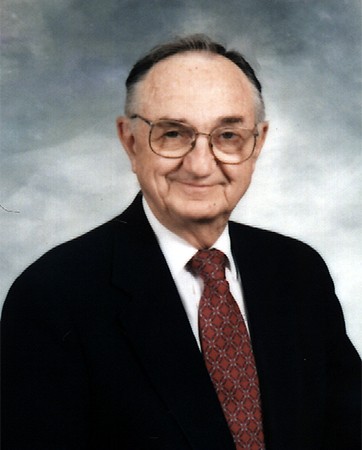James Jude, who helped pioneer the lifesaving technique for cardiopulmonary resuscitation while he was a resident at The Johns Hopkins Hospital in the late 1950s, died Tuesday in Coral Gables, Florida. He was 87.

Image caption: James Jude
CPR has been in practice in the United States since 1960, when Johns Hopkins researchers William Kouwenhoven, Guy Knickerbocker, and Jude published in the Journal of the American Medical Association the first data on the benefits of what was then called "cardiac massage."
Jude had observed Kouwenhoven's and Knickerbocker's work with fibrillating dogs and reasoned that pressure applied rhythmically with the heel of the hand to the center of the chest could jump-start the heart and save lives. The trio's research eventually demonstrated that regular, rhythmic chest compressions raised blood pressure enough to keep sufficient blood flowing to the brain and other key organs, buying enough time to get a defibrillator to the patient and restart their heart.
Also see: A dying dog, a slow elevator, and 50 years of CPR (Hopkins Medicine Magazine, Winter 2011)
Jude, a 1953 graduate of the University of Minnesota School of Medicine, helped train colleagues and firefighters in the procedure. His work with CPR took him to Miami in 1964, where he became chief of thoracic and cardiovascular surgery at the University of Miami School of Medicine and Jackson Memorial Hospital.
Read more from Miami HeraldPosted in Health
Tagged obituaries








